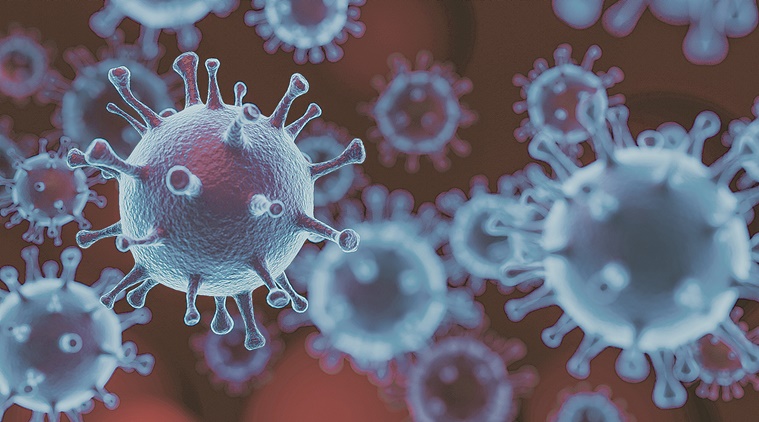
The Indian Express
Early genome sequencing in India shows dominant Covid-19 strain matches global patterns
This subtype, called A2a, also shows a larger prevalence across the globe — crucial information for vaccine development and disease monitoring from Calcutta’s National Institute of Biomedical Genomics (NIBG).
by Karishma MehrotraA new examination of 327 genome sequences from India shows early signs of the growing dominance of one COVID-19 virus strain in the country. This subtype, called A2a, also shows a larger prevalence across the globe — crucial information for vaccine development and disease monitoring from Calcutta’s National Institute of Biomedical Genomics (NIBG).
“The early data up until May 20 shows that A2a is prevalent in Gujarat and West Bengal, O is more prevalent in Telangana and Tamil Nadu, and A2a and O are both prevalent in Delhi and Karnataka,” said Nidhan Biswas, Assistant Professor at NIBG. Data from other states was limited.
“Post-lockdown, genome sequence information from the virus will help identify transmission patterns of the virus in minute detail,” he said, giving the example of seeing more O subtype in West Bengal to make claims about how the virus has spread.
The initial insights from India saw an overall distribution of A2a (48.6%), O (42.4%), and other clades (A3, B4, B, B1 and A1a) present in the remaining 9.2%. NIBG scientists said disease modeling will need to keep abreast as to whether the A2a or the O strain gain more steam in India.
These sequences are from Gujarat Biotechnology Research Center (GBRC); The Centre for Cellular and Molecular Biology (CCMG), Hyderabad; Institute of Genomics and Integrative Biology (IGIB), Delhi; and NIBG.
The fresh findings are an extension of previously published research by Biswas and Distinguished NIBG Professor Partha Majumder. The scientists were the first to report an A2a global sweep in an April 27 approved Indian Journal of Medical Research article, which appeared in public this week and will be in their second COVID-19 special issue. The computational model found the strain in 51 per cent of 3,600 samples from 55 countries. While this study only examined 35 strains from India, the researchers saw a similar dominance of A2a in India at that time as well.
Coronavirus (Covid-19) vaccine update: Cansino Biologics claims success in human trials; Indian vaccine unlikely in a year
The study also found that the A2a subtype of SARS-CoV-2 mutated in China around late January from an ancestor O subtype, which had been found in late December in the country. They found that this strain “eases the entry of the virus into the lung cells of the host (which) may be why the A2a type has…rapidly swept all geographical regions” more than the nine other strains that have evolved from the ancestral O strain.
“This subtype gained a lot of traction through natural selection. We would have not expected that. It’s a novel and significant finding because you would normally find more diversity in the virus. As people begin finding drugs and vaccines to treat and prevent the virus, this information becomes crucial,” Majumder said.
Subsequent to their findings, a preprint May 5 USA and UK study corroborated the insights about A2a (also known as 614g) frequency. A virus mutation is a change to its DNA or RNA (in the case of SARS-CoV-2) sequence, which sometimes helps the virus spread faster.
Biswas also released a pre-print May 5 article with other scientists from NIGB and Indian Stational Institute, Kolkata, that finds a potential genetic variant between populations in Europe/North America and East Asia that could have contributed to the intense spread of the virus in the former regions. “We are all noticing differences between Asia, North America, and Europe. Why is it happening? Is it hospital care? Is it because of genetics?” Biswas said, calling for more research in the matter.
While these initial computational modeling can convey the strain patterns over time and space, the strains’ overall effect can only be understood once each sequence is linked to clinical information about patient mortality and recovery.